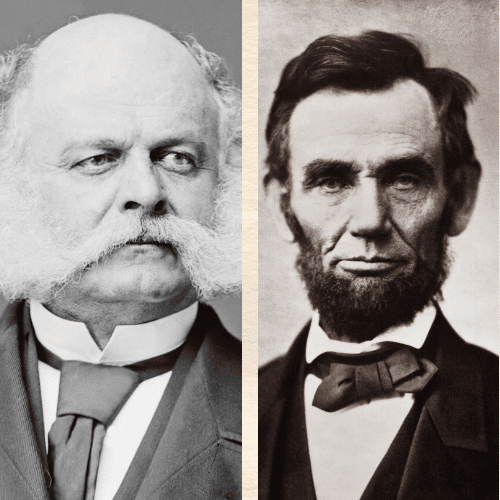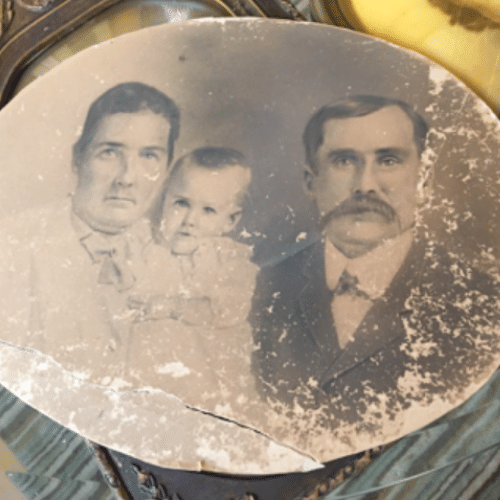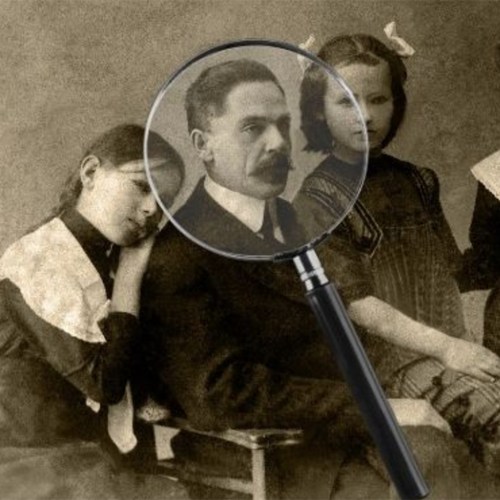| Facial Hair Clues in Old Family Photos |
| Men who want to participate in No Shave November, aka Movember, can find inspiration in photos of their ancestors. Those fashionable whiskers can place someone in the 1860s or in the 1880s and link them to their religion or even their politics. There were facial hair style icons for men too. Think Horace Greeley, the newspaper man and abolitionist who lent his name to an under the chin fringe beard called the Greeley. Or Ambrose Burnside who popularized a style of connected sideburns and mustache which bore his name, The Burnside (full or short). Religious and cultural groups like the Amish, grow beards but not mustaches. Here’s what to look for in your family photos and artifacts. - Not shaving became popular during the Civil War, and many of those men kept that style the rest of their lives. If you spot an older man in the 1890s with a full chin beard it’s worth looking for a military service record. Young men of the 1870s favored small beards and short mustaches.
- Barber charts in the 1880s allowed men to point to the picture of what they wanted such as the full Picador mustache or the chin beard and mustache known as the Imperial.
- My husband has his great grandfather’s personalized shaving mug. You might have one too. In your family artifacts might also be mustache cups for drinking without getting facial hair wet or monogramed shaving tools.
- By the 1890s, men visited professionally trained barbers to maintain it. Trim mustaches of the period had waxed pointed tips ala twentieth century comedian Groucho Marx whose facial hair was unusual for the clean-shaven twentieth century.
|


















